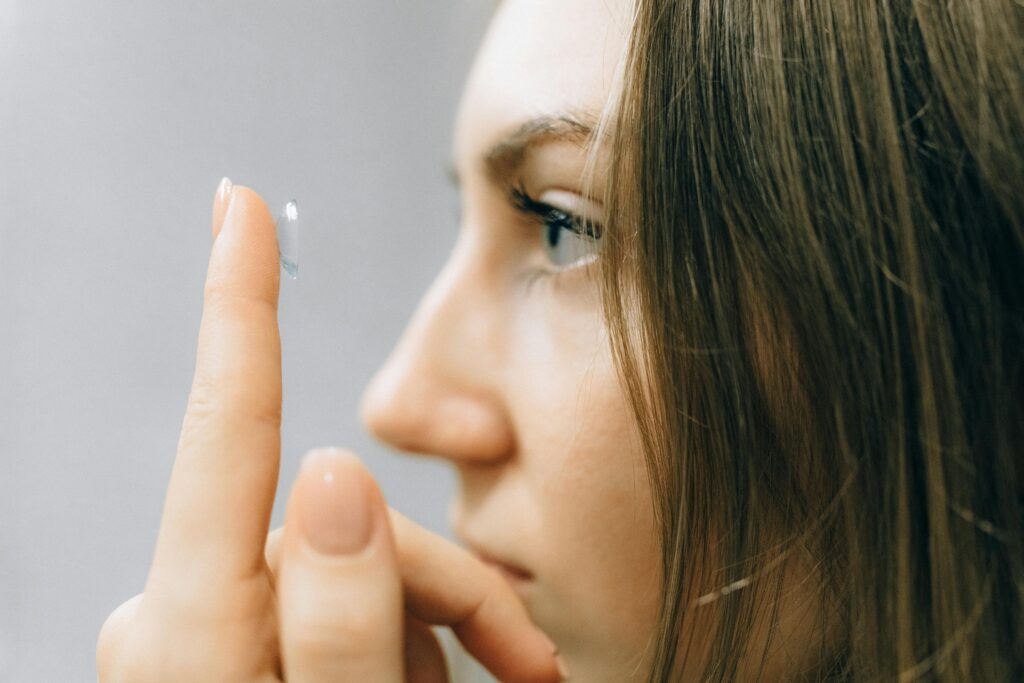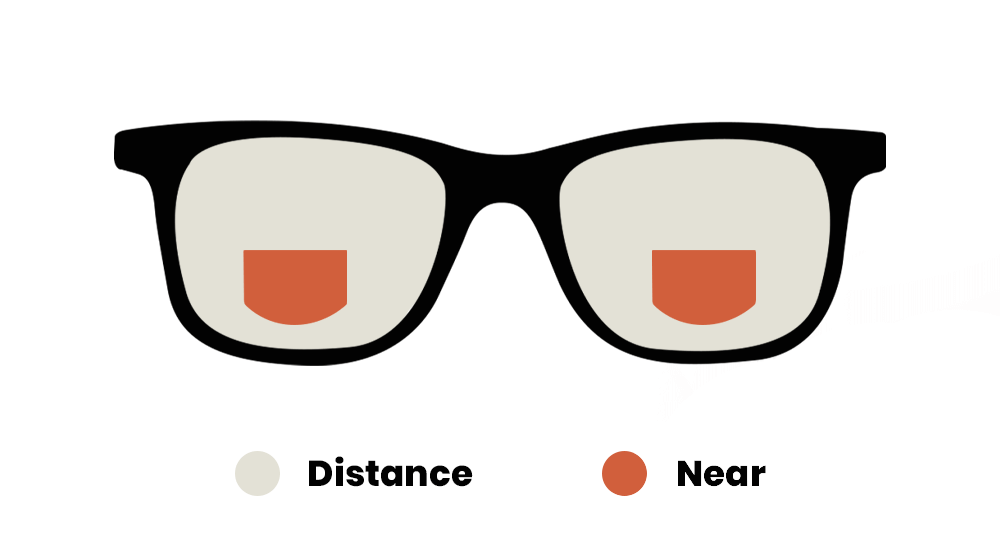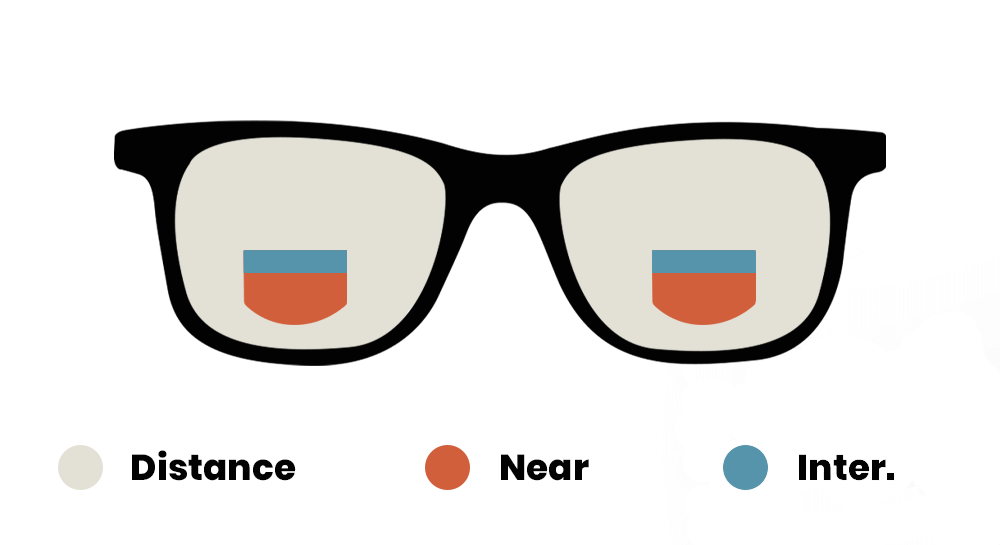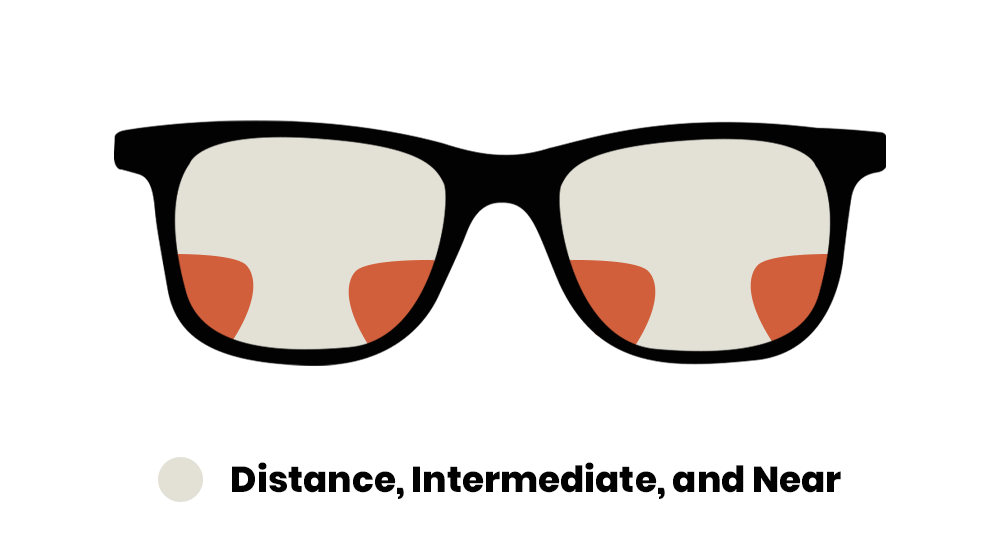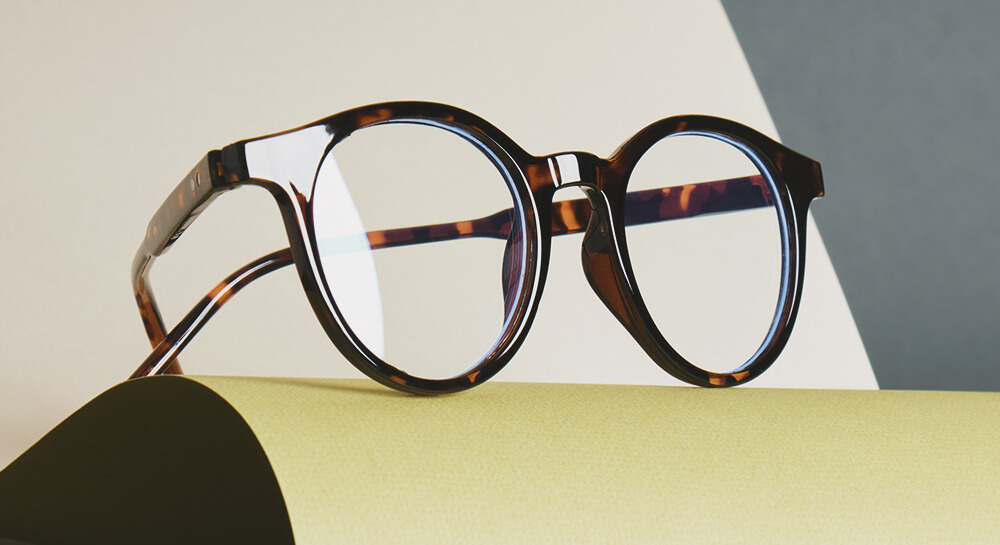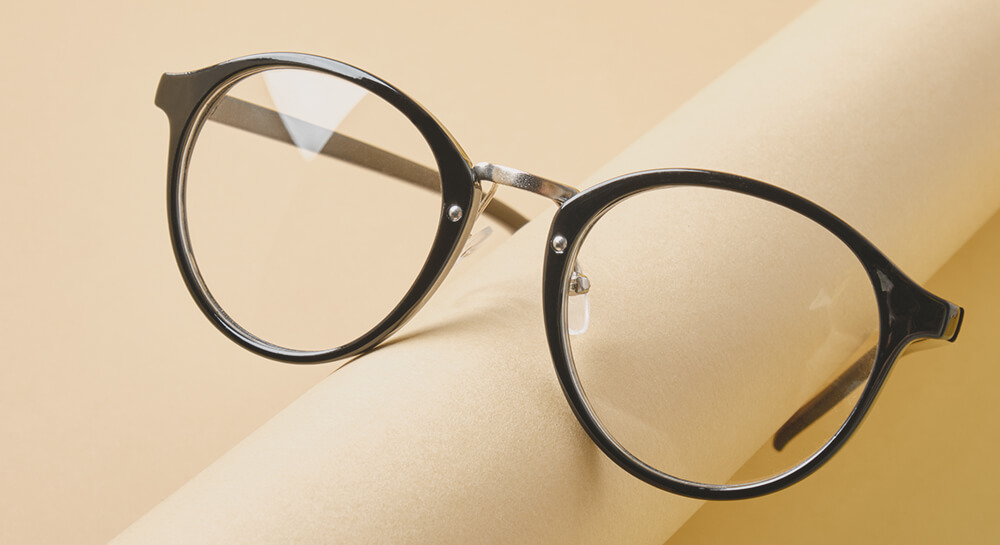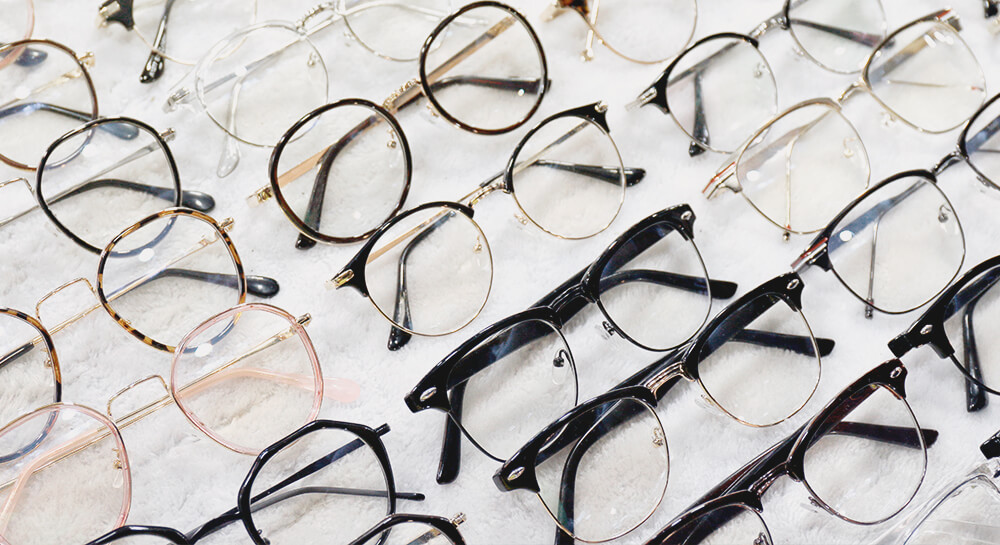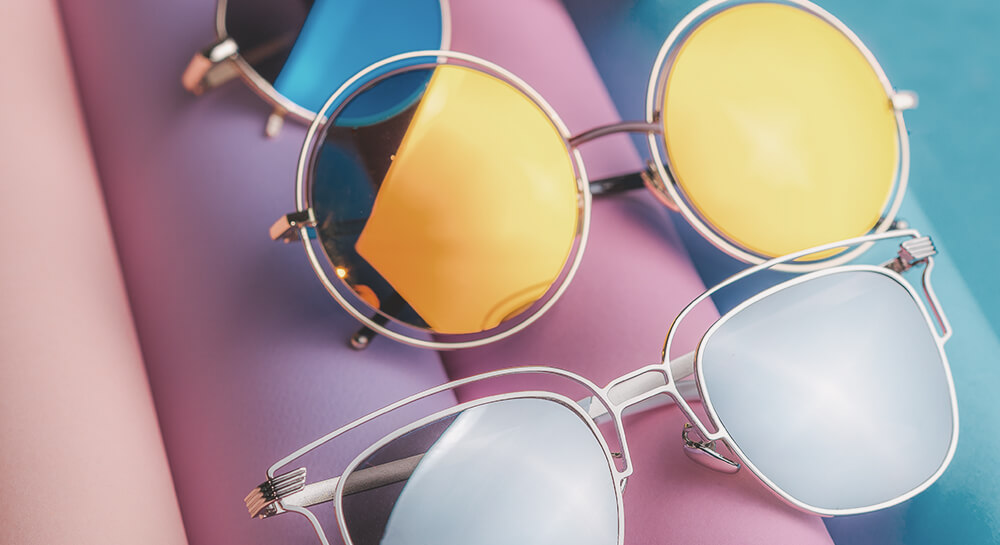Yes, blue eyes are more sensitive to light. This increased sensitivity is due to the lower amount of melanin in the iris.
Melanin acts as a protective barrier against bright light and harmful UV rays. People with blue eyes have less melanin compared to those with darker eye colors, making their eyes more susceptible to light sensitivity.
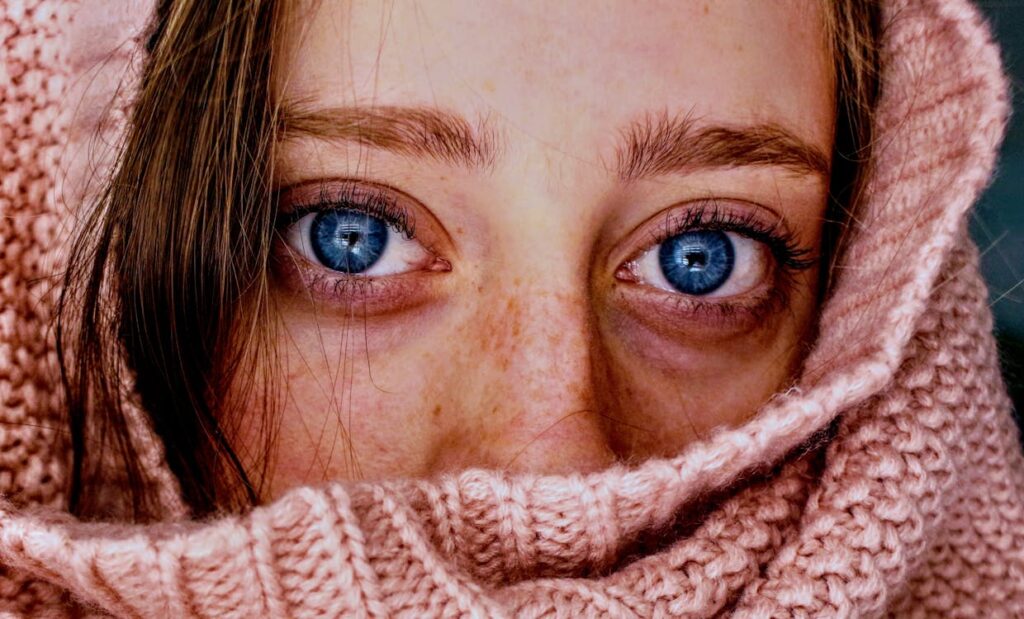
Why Are Blue Eyes More Sensitive to Light?
Blue eyes are more sensitive to light because they contain less melanin in the iris. Melanin helps absorb light, providing protection from bright lights and UV rays.
With less melanin, blue eyes allow more light to penetrate the iris, leading to increased sensitivity. This makes individuals with blue eyes more likely to experience discomfort in bright environments and a higher risk of UV-related eye damage.
Exploring Light Sensitivity in Blue Eyes
Light sensitivity, also known as photophobia, is a common experience among individuals with blue eyes. While light sensitivity can affect people of all eye colors, those with lighter eye colors, such as blue, green, or gray, often report higher levels of discomfort in bright environments. This phenomenon has both scientific and evolutionary explanations that are worth exploring.
The Science Behind Eye Color and Light Sensitivity
To understand why blue eyes are more sensitive to light, it’s essential to delve into the role of melanin. Melanin is the pigment responsible for the color of our skin, hair, and eyes. In the iris, melanin helps control the amount of light that enters the eye. Darker eyes, such as brown or black, have more melanin, which provides better protection against bright light by absorbing more of it.
In contrast, blue eyes have significantly less melanin. This lack of melanin means that blue eyes have less natural protection against bright light, allowing more light to enter the eye. As a result, individuals with blue eyes are more likely to experience glare, discomfort, and even pain in bright or sunny conditions. This increased sensitivity can make outdoor activities challenging without proper eye protection.
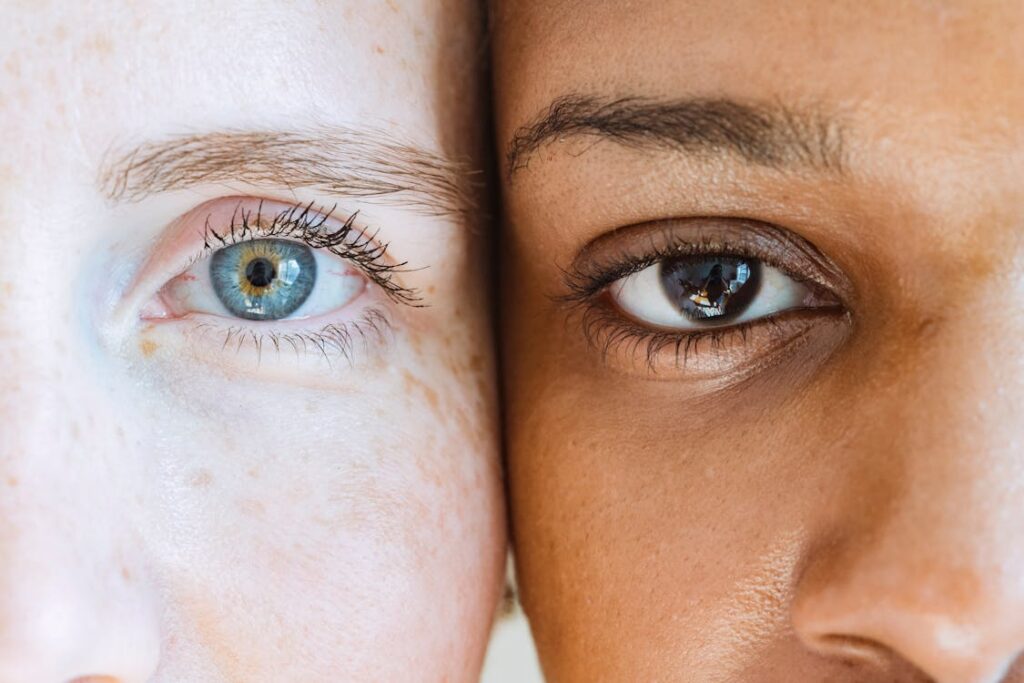
Evolutionary Perspectives on Blue Eyes
The prevalence of blue eyes is highest in populations from Northern Europe. This geographical pattern suggests an evolutionary adaptation to environments with lower light levels. In regions with less intense sunlight, having less melanin in the eyes may not be as disadvantageous. In fact, it might have provided certain advantages, such as better vision in dimly lit environments.
Over time, as human populations migrated and intermingled, the genetic trait for blue eyes spread. Today, blue eyes can be found in various populations around the world, although they remain most common in people of European descent. Despite the spread of this trait, the underlying sensitivity to light remains a notable characteristic of blue eyes.
Managing Light Sensitivity
For individuals with blue eyes, managing light sensitivity is crucial for maintaining eye comfort and health. Here are some practical tips:
- Wear Sunglasses: Sunglasses with UV protection are essential for reducing glare and protecting the eyes from harmful UV rays. Polarized lenses can be particularly effective in minimizing glare from reflective surfaces like water or snow.
- Use Hats and Visors: Wearing a wide-brimmed hat or a visor can provide additional shade and reduce the amount of direct sunlight entering the eyes.
- Adjust Indoor Lighting: For those who experience light sensitivity indoors, using adjustable lighting and reducing screen brightness can help alleviate discomfort.
- Take Breaks: When working on a computer or other digital devices, take regular breaks to rest your eyes. The 20-20-20 rule is a good guideline: every 20 minutes, look at something 20 feet away for at least 20 seconds.
- Consult an Eye Care Professional: If light sensitivity is severe or persistent, it’s important to consult an eye care professional. They can provide personalized recommendations and check for any underlying eye conditions that might be contributing to the sensitivity.

The Role of Genetics
The color of our eyes is determined by the interaction of multiple genes. The OCA2 and HERC2 genes, in particular, play significant roles in eye color. Variations in these genes can lead to different levels of melanin production in the iris. People with blue eyes typically have specific variations in these genes that result in lower melanin levels.
Research has shown that the trait for blue eyes is recessive, meaning that a person needs to inherit the blue eye variant from both parents to have blue eyes. This genetic inheritance pattern explains why blue eyes are less common globally compared to brown eyes, which are dominant.
Light Sensitivity and Eye Health
While light sensitivity itself is not harmful, it can be indicative of other underlying eye conditions. For example, conditions such as cataracts, migraines, and certain types of uveitis (inflammation of the eye) can cause increased light sensitivity. Therefore, it’s important for individuals who experience significant or sudden changes in light sensitivity to seek medical advice.
Regular eye exams are crucial for maintaining overall eye health and detecting any issues early. Eye care professionals can provide guidance on managing light sensitivity and protecting the eyes from potential damage caused by excessive light exposure.
Myths and Misconceptions
There are several myths and misconceptions surrounding blue eyes and light sensitivity. One common myth is that people with blue eyes have better night vision. While it’s true that lower melanin levels can enhance vision in low-light conditions, this advantage is relatively minor and does not equate to significantly better night vision.
Another misconception is that blue eyes are more prone to certain eye diseases. While blue eyes are more sensitive to light, there is no direct evidence linking blue eye color to a higher risk of eye diseases. However, because blue eyes allow more light to enter, it is important for individuals with blue eyes to take preventive measures to protect their eyes from UV damage.

Embracing Blue Eyes
Despite the challenges associated with light sensitivity, blue eyes are often celebrated for their striking appearance. Many people with blue eyes find their eye color to be a unique and defining feature. With proper care and protection, individuals with blue eyes can manage light sensitivity effectively and enjoy the beauty and uniqueness of their eye color.
In summary, blue eyes are more sensitive to light due to lower melanin levels in the iris. This sensitivity, while sometimes uncomfortable, can be managed with appropriate measures such as wearing sunglasses, adjusting indoor lighting, and taking regular breaks from screens. Understanding the genetic and evolutionary background of blue eyes provides valuable insights into why this eye color is more sensitive to light and how individuals can protect their eye health.








